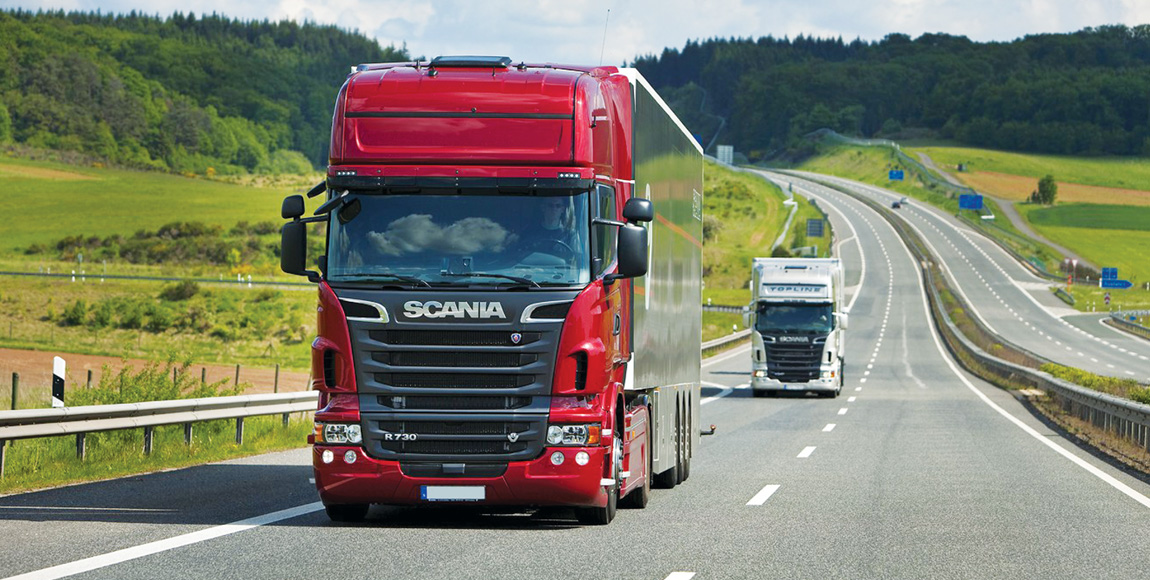Learning yo-yo tricks…

A volatile market means used-vehicle sales in the southern African region were much more stable than on local soil during 2018. However, it wasn’t all gloom, as GAVIN MYERS finds out.
The used market in 2018 was like a yo-yo; there was no pattern to it. Each buyer had a different request and it was very dependent on stock on hand at the time,” comments John Wolff, director of the established used-truck dealership Wolff Autohaus, in Krugersdorp.
“It was a tough year,” he reiterates, adding that factors affecting the used market include a shortage of good used stock, economic uncertainty and the pricing of second-hand vehicles. “Consumers are finding it difficult to get finance. We need to be ready for any given demand at any time,” Wolff notes.
Conversely, used-truck operations backed by original equipment manufacturers (OEMs) seemed to have fared better last year. Gert Fourie, head of MAN TopUsed, comments that high sales volume and an increase in the market prices of MAN TopUsed vehicles in excess of 15 percent year on year meant that 2018 was “excellent”.
He notes, however, that 2019 is off to a slow start. “Although we achieved our targets in January, the activity levels are still low. Customers are very price conscious at the moment.”
Similarly, Harold Donachie, Scania Used general manager, comments that in 2018 the Scania Used division ran at a third of its stock levels from 2017. “This means that we have been turning around our stock a lot quicker than in previous years. The quality of enquiries has also improved,” he suggests.
Donachie shares some of the trends he’s noticed coming into 2019 – and a lot of them have to do with tough economic conditions.
“Customers are running their existing fleets a bit longer than in the past, and the chief reason seems to be the cost of buying new trucks in a tough business climate. This is compounded by the fact that the average monthly distances have decreased, due to the nature of contracts. Therefore, trucks may be a bit older, but they are being replaced with lower mileages.
“We also see that, due to the tough economic conditions, rates being quoted by transporters have gone down significantly; operators have to be extremely aggressive to secure business. I believe this is one of the biggest contributors to fleet owners looking for used trucks. The rate is the same whether running a new or used truck. If the cost of ownership of the truck can be lowered, there is an opportunity to earn a bit more money,” he explains.
There also seems to be no specific reason behind the types of trucks favoured on the second-hand market. Donachie, Fourie and Wolff all cite long-haul trucks as being popular. Fourie and Wolff note that vehicles for tipping operations are doing well. Wolff also says that crane trucks remain popular.
“Long-distance taxi operators appear to be purchasing more 22 seaters rather than the conventional 14 seaters,” he adds.
Speaking of long distance, export sales are cited by all three men as boosting the choppy local sales performance.
“Export sales are less volatile than local sales and the exchange rate is working very well in our favour,” comments Donachie.
Wolff adds another reason for improved cross-border sales: “These customers seem to appreciate quality vehicles made for the South African climate.”
With customers favouring clean, low-mileage vehicles and trying to find the best value for money purchase, it’s not always easy for used-truck dealers to find a steady supply of the required stock.
“Naturally, vehicles with extended warranties are very popular among buyers, but they can’t simply rely on these warranties should something go wrong,” comments Fourie.
Donachie advises customers to gather every piece of information they can before signing on the dotted line.
“One of the most important factors to consider is the history of the truck. This should be detailed and include services, accidents, maintenance and repairs. For peace of mind one needs to consider the reputation of the dealership, as well as the future backup it can provide, such as service plans and warranties.
“The most important thing when buying any commercial vehicle is to understand that it is a mission-critical asset and uptime is of critical importance. When debating the downside and benefits of buying pre-owned commercial vehicles, the best weapon at a buyer’s disposal is information,” he concludes.
It seems that buyers need to be just as yo-yo savvy as the dealers…
Published by
Focus on Transport
focusmagsa



